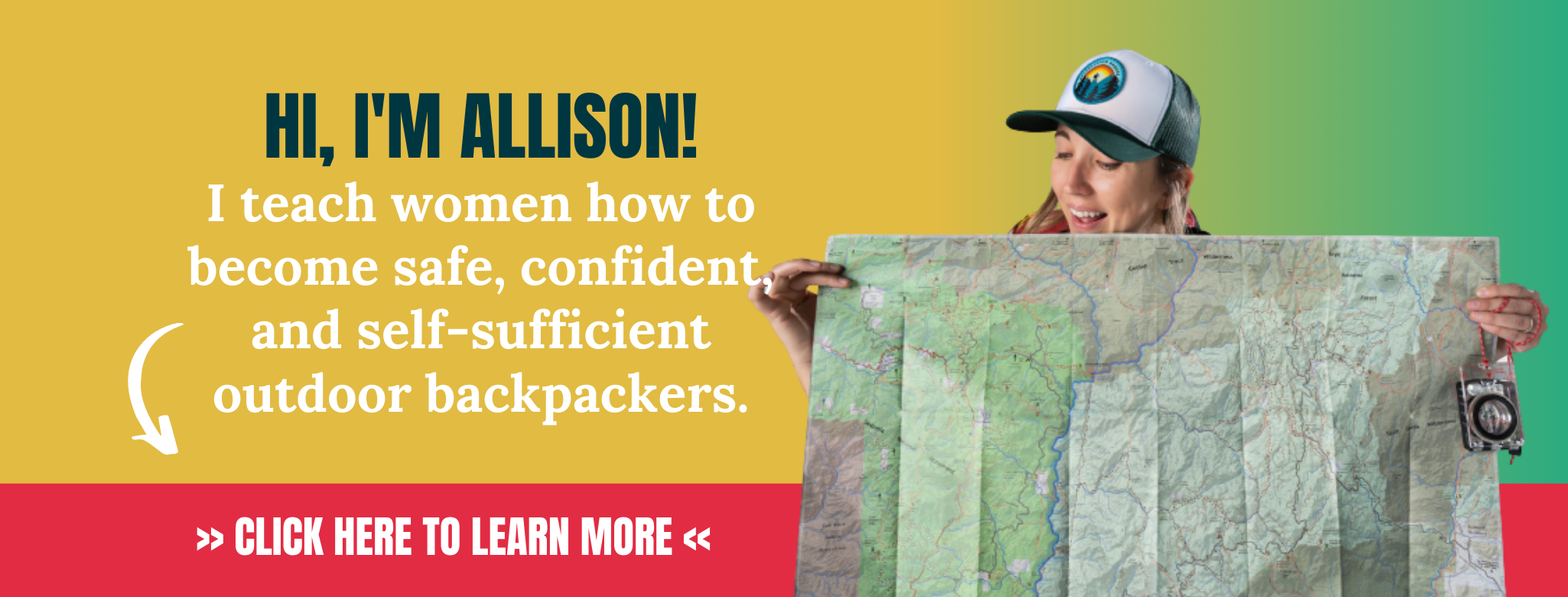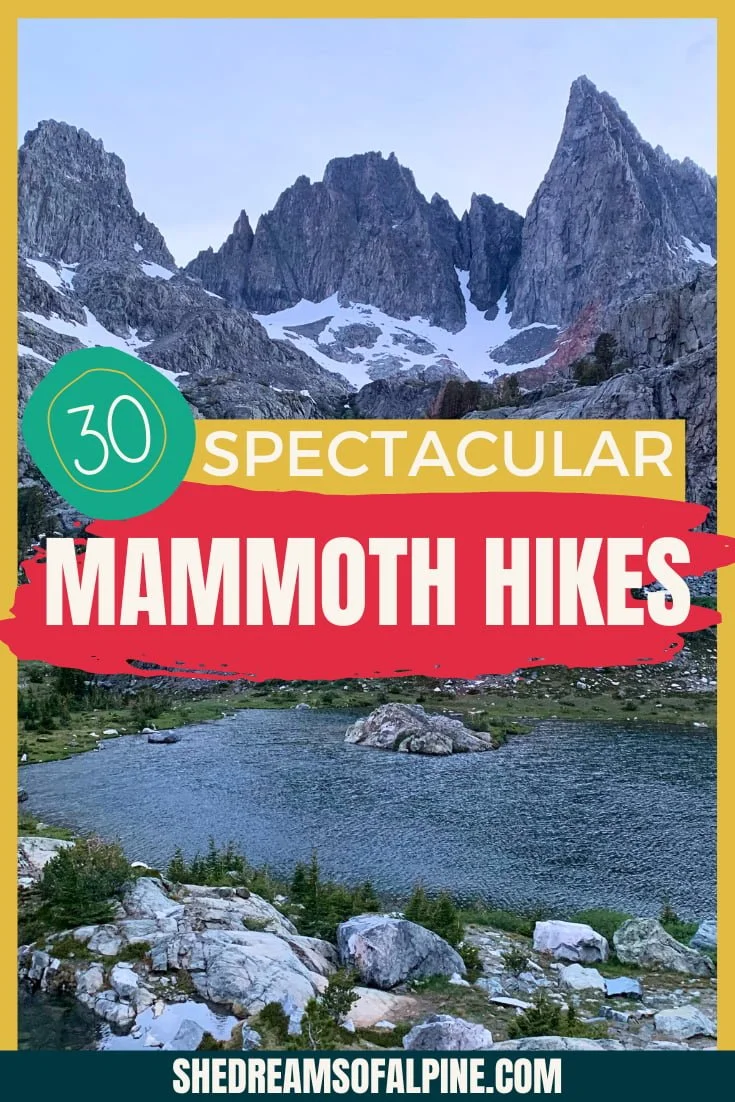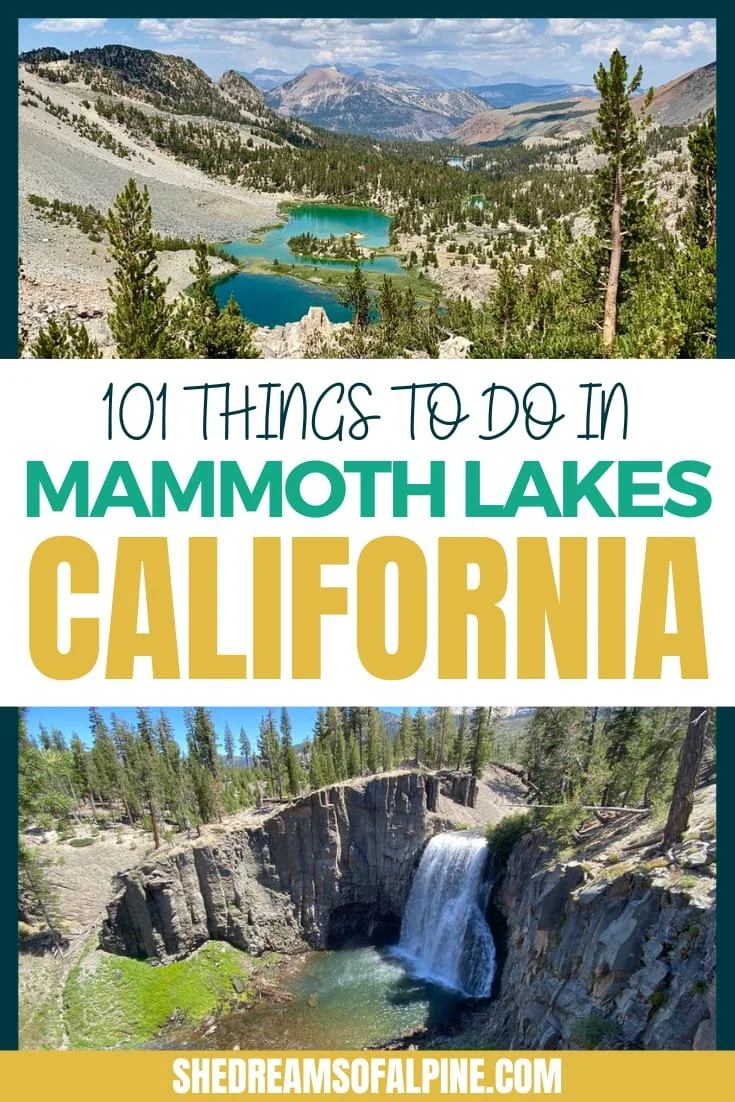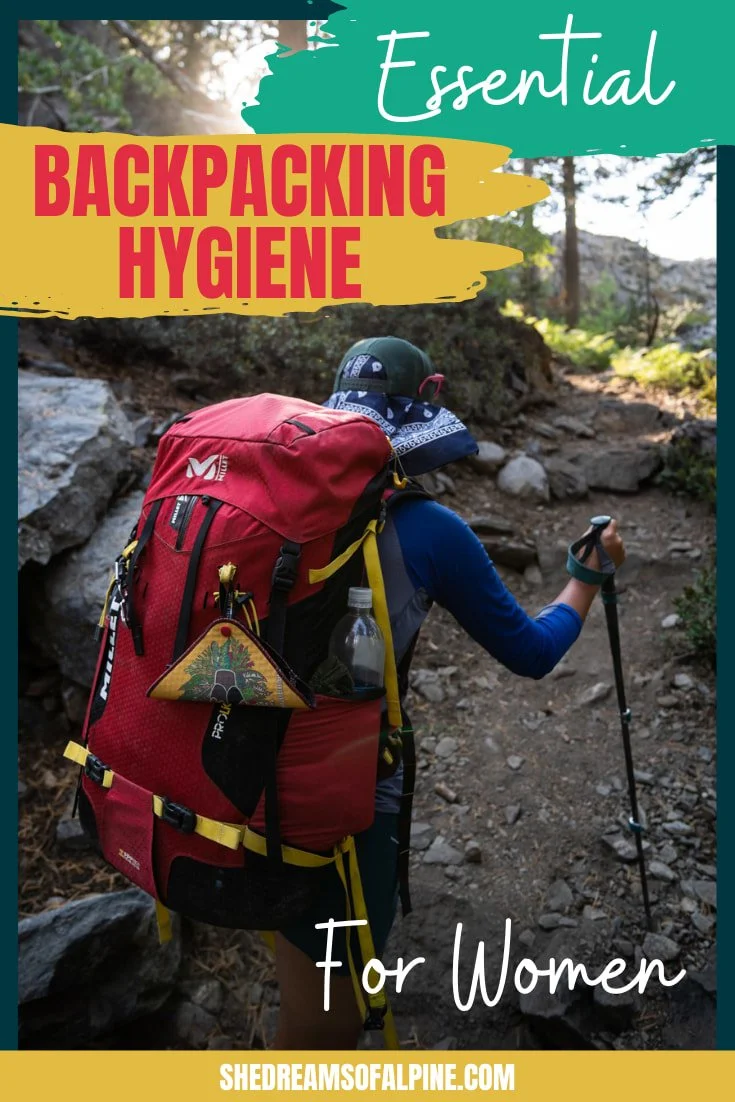Beginner's Guide to Winter Hiking
Dreaming of hiking in a winter wonderland? You don’t have to let cold temperatures or the trails being covered in snow stop you from getting outside. But winter hiking does have different challenges than hiking in more mild seasons, so it’s important to be well-prepared before embarking on a winter hike.
This guide will go over the basics of winter hiking, including appropriate clothing, necessary gear, and safety considerations. But this is not a guide to mountaineering, which requires a much more technical skillset and gear. If you are interested in exploring that, check out our guide to getting into mountaineering here!
WHAT WE’LL COVER IN THIS GUIDE TO WINTER HIKING
In this guide, we’ll cover everything you need in order to be prepared to go on a winter hike. The post is split up into the following sections:
Clothing for Winter Hiking - What to wear for hiking in cold weather (hint: lots of layers!).
Winter Hiking Gear - Other useful gear for winter hiking.
Hiking Navigation in Winter - Challenges & considerations when navigating while winter hiking.
Winter Hiking Safety - Preparing for the dangers of winter hiking.
Winter Hiking Comfort - How to stay comfortable in the cold so that winter hiking is fun!
So let’s get started and get ready to go winter hiking!
Note: This post contains affiliate links.
GRAB MY [FREE] OUTDOOR BACKPACKER STARTER KIT
I created the Ultimate Outdoor Backpacker Starter Kit for you (and it's FREE)! This starter kit is filled with 14 pages of my best hiking and backpacking tips to help you learn what it takes to become a safe, confident, and self-sufficient outdoor backpacker!
WINTER HIKING CLOTHING
Choosing the right clothing for winter hiking is crucial to your safety and comfort in challenging trail conditions like extreme cold and snow. Layers are key to staying warm and not getting too sweaty, which can be a problem in cold weather hiking.
BASE LAYERS
MID LAYERS
A mid layer is the next layer on top of your base layer, and in winter, I usually like a lightweight down jacket. A thick fleece is also a good option. Your mid layer should be something easy to put on and remove to regulate your temperature as you hike.
OUTER LAYERS
An outer layer is your main protection from the elements and should be able to withstand wind and snow in the winter. While a big parka might be tempting, you might overheat while hiking, and they can be hard to pack down.
HEADWEAR
FOOTWEAR
For winter hiking, you’ll want insulated boots that keep your feet warm and dry, especially when you’re hiking in snow. Pair them with wool socks to keep your toes cozy but wick away moisture.
GLOVES/MITTENS
WINTER HIKING GEAR
Beyond warm layers of clothing, there are some pieces of gear that really come in handy while winter hiking. You won’t need all of these on every winter hike, so bringing them will depend on the trail conditions.
TRACTION
When hiking in winter, it’s a good idea to bring microspikes for icy sections of the trail. Even if the trail seems dry when you start hiking, parts of it can remain in the shade and stay icy for a long time.
SNOWSHOES
Since you can’t just stuff snowshoes in your pack, it’s important to check trail conditions ahead of time to see if you need them. A bunch of fresh snow usually means you will unless the trail gets groomed regularly.
TREKKING POLES
Trekking poles are especially useful with snowshoes. You will want snow baskets for them, which are bigger than mud baskets and help keep your poles from sinking too deep. Trekking poles can also come in handy on icy trails, though in that case you don’t need baskets.
WINTER HIKING NAVIGATION
Navigating on the trail in the winter can be much more challenging when there’s snow on the ground. Snow can cover trails, making them hard to see. Also, on certain routes, the winter trails are different than the summer trails.
I always recommend downloading GPX tracks to navigate before you hit the trail, but it’s especially important in winter on snow-covered trails.
Another navigation consideration when winter hiking is making sure you don’t enter avalanche terrain. This isn’t always something hikers think about, but it is possible to end up under an avalanche-prone slope when you’re winter hiking or snowshoeing, even if you’re not on a steep trail. It’s important to research your route if you’re hiking in a place with lots of avalanche terrain, like Colorado.
WINTER HIKING SAFETY
Everything is taken to another level in winter hiking, so you have less margin for error. Always be prepared for the weather to change for the worse or to have to spend more time than you expected outside if things go wrong – this means being prepared with extra layers and other safety gear.
Cold weather can sap battery life super quickly, so a portable charger for your phone and other electronics is a must when hiking in winter. And keep your phone in an internal pocket close to your body to keep it warm.
WINTER HIKING COMFORT
Beyond safety, there are few things you can bring that will make you more comfortable in chilly weather. Believe me, winter hiking is much more fun when you’re not miserable!
Hand Warmers
Keep some hand warmers in your pockets to warm up your fingers as you hike. You can also put toe warmers in your hiking boots, but make sure they don’t affect your ability to walk comfortably.
WATER
If you typically hike with a Camelbak or other hydration bladder, be aware that the straw might freeze in cold winter temps. I always like to bring a Nalgene bottle as a back up that stays warm in my pack.
THERMOS
(And check out 3 Boozy Warm Winter Drinks to Make on Your Next Outdoor Adventure for celebrating a winter hike when you’re back at camp!)
Hope this post helps you feel comfortable hitting the trails in winter if you want to! And feel free to share your favorite winter hikes in the comments below.
LOOKING FOR MORE HIKING RESOURCES?
Check out these blog posts to help your hiking!
Cheers,
Allison - She Dreams of Alpine


















27 of the Absolute Best Hikes in Yosemite National Park to Put on Your Hiking Bucket List | Yosemite National Park is one of the most beautiful national parks in the entire United States, and one of the best ways to explore the park is via one the many amazing hiking trails. In this post, I’ve detailed 27 of Yosemite’s top hiking trails, ranging from difficult to easy, that give you epic views of Yosemite’s grand backcountry and some of Yosemite’s most famous landmarks. You’ll only fall more in love with Yosemite after going on one of these hikes! | shedreamsofalpine.com